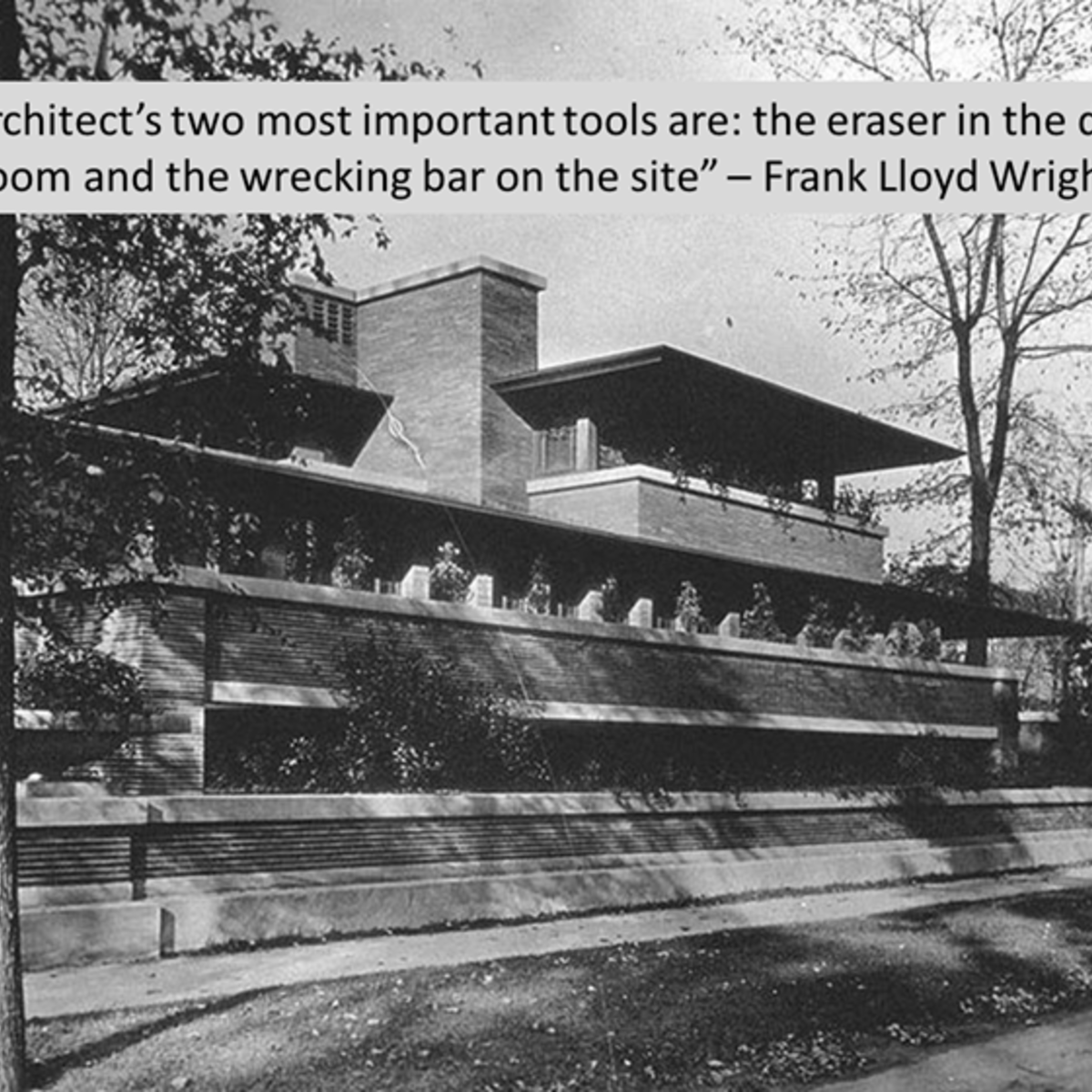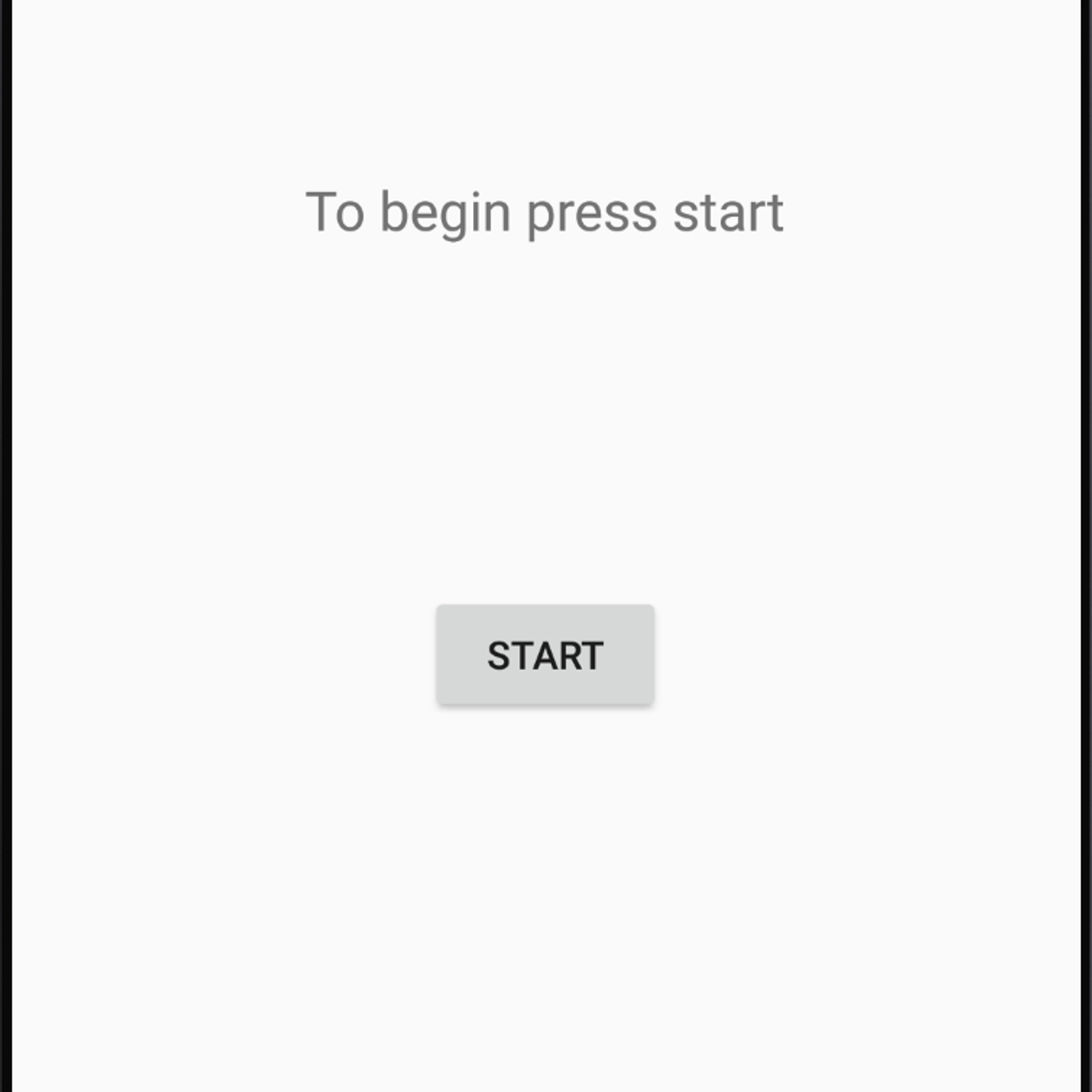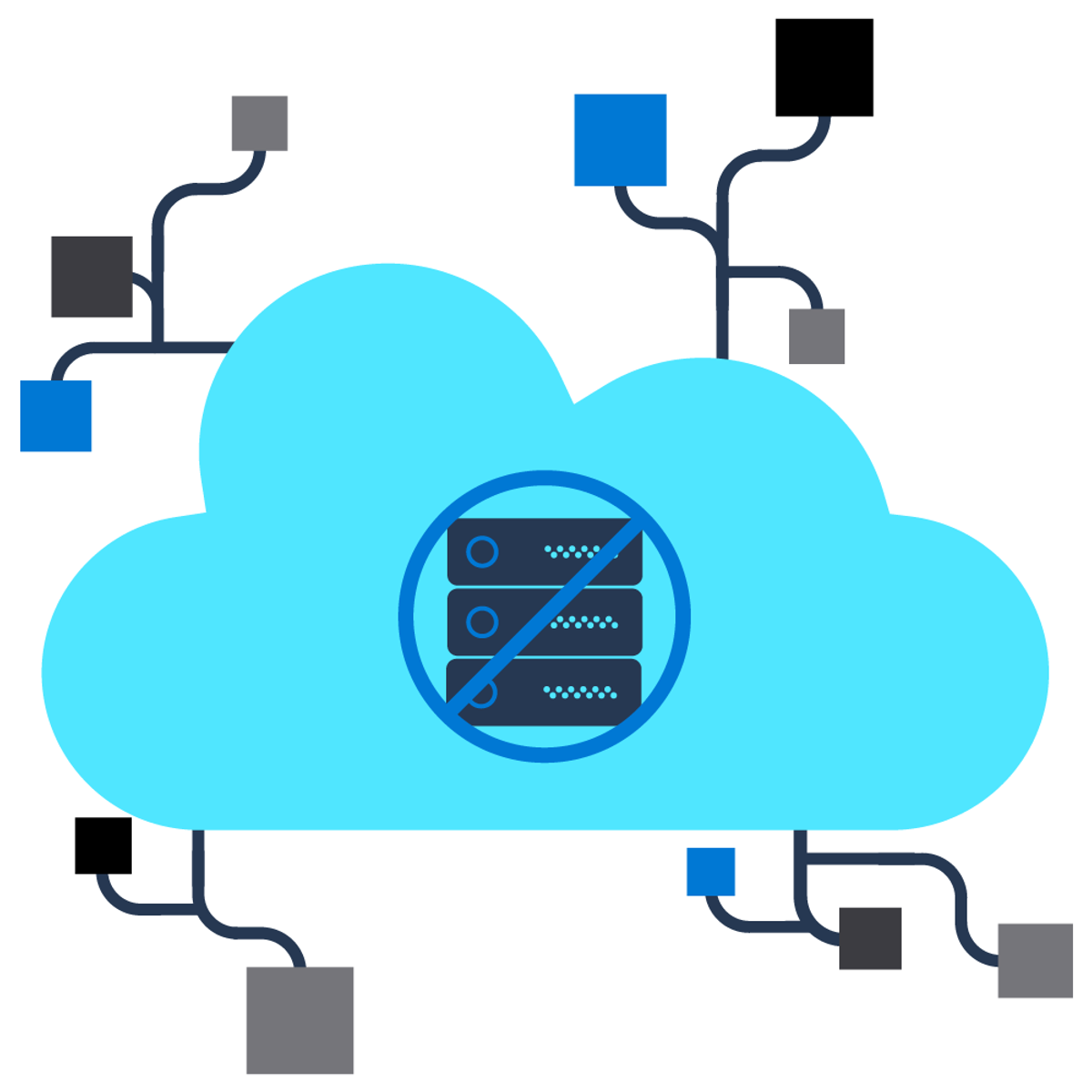Back to Courses









Computer Science Courses - Page 99
Showing results 981-990 of 2309

Natural Language Processing with Probabilistic Models
In Course 2 of the Natural Language Processing Specialization, you will:
a) Create a simple auto-correct algorithm using minimum edit distance and dynamic programming,
b) Apply the Viterbi Algorithm for part-of-speech (POS) tagging, which is vital for computational linguistics,
c) Write a better auto-complete algorithm using an N-gram language model, and
d) Write your own Word2Vec model that uses a neural network to compute word embeddings using a continuous bag-of-words model.
By the end of this Specialization, you will have designed NLP applications that perform question-answering and sentiment analysis, created tools to translate languages and summarize text, and even built a chatbot!
This Specialization is designed and taught by two experts in NLP, machine learning, and deep learning. Younes Bensouda Mourri is an Instructor of AI at Stanford University who also helped build the Deep Learning Specialization. Łukasz Kaiser is a Staff Research Scientist at Google Brain and the co-author of Tensorflow, the Tensor2Tensor and Trax libraries, and the Transformer paper.

Software Design as an Abstraction
The design step in developing software has some unique characteristics. First of all, it’s the only step where drawing pictures of things is the norm. Why is that? What do pictures do that other representations cannot do? Pictures have varying levels of detail; pictures have context. Pictures…paint a picture. Why are these things important? In this course, too, we begin looking at other disciplines (building architecture is a favorite one) for lessons on design.

Building Demand Forecasting with BigQuery ML
This is a self-paced lab that takes place in the Google Cloud console.
In this lab you will build a time series model to forcast demand of multiple products using BigQuery ML. This lab is based on a blog post and featured in an episode of Cloud OnAir.

Predict Housing Prices with Tensorflow and AI Platform
This is a self-paced lab that takes place in the Google Cloud console. In this lab you will build an end to end machine learning solution using Tensorflow + AI Platform and leverage the cloud for distributed training and online prediction.

Create an E-book Cover Using Canva
In this 1-hour long project-based course, you will learn to create an E-book cover using Canva. We will use Canva platform to create ebook covers using different built-in templates from Canva and also from the scratch. This course includes Canva introduction, Exploration of Canva Dashboard , Creation of ebook covers using built-in templates and creation of ebook covers from scratch as well.
By the end of this project, you will be able to create amazing covers for your ebook using the built-in template as well as from the scratch using the Canva Platform.
Note: This course works best for learners who are based in the North America region. We’re currently working on providing the same experience in other regions.

Build an App in Android Studio using Activities
In this project you will create an Android app that that uses four activities . You will begin with an Android Studio project that has an ActivityMain.java file (with nothing added to it) and an activity_main.xml file (with nothing added to it). You will create three new activities in this project, onTouch (onTouch.java & activity_on_touch.xml), ReadReview (ReadReview.java & activity_read_review.xml), and WriteReview (WriteReview.java & activity_write_review.xml). You will have access to all of the relevant content (code and comments) needed for those files in text files so that you can copy and paste into the appropriate java and xml files in the project. You will make adjustments to the AndroidManifest.xml file in the project which will allow your app to switch between activities when instructed to do so by the actions of the user. Once we have created our activities, inserted all of the relevant code to our java and xml files, and updated our Manifest file, we will build an APK of your app. You will then upload the APK of the app to a website called Appetize.io where you will test the app.
Projects in Series 1:
1. Build a Simple App in Android Studio with Java
2. Build a Persistent Storage App in Android Studio
3. Build a Linear Layout App in Android Studio
4. Build a Relative Layout App in Android Studio
5. Build a Table Layout App in Android Studio
Projects in Series 2:
1. Build an App in Android Studio using Resources
2. Build an App in Android Studio using Static Files
3. Build an App in Android Studio using Read - Write
4. Build an App in Android Studio using onTouch
5. Build an App in Android Studio using Activities

Build an App in Android Studio using onTouch
In this project you will build an Android app that that uses onTouch functionality to show certain information when a user clicks (Action Down) on an image, and then have the information change when the user releases (Action Up). The app also creates text files in internal storage when needed, will write to those files, and will read from those files. The app will interact with text files, images, strings, and a string array that are saved as resources in the project (can be accessed by reference throughout the app). This app will have a piece of text (from the strings file) asking the user to select the name of an author from a spinner (a type of drop down menu where the user selects from a set of options - from the strings file). There will be an image (ImageView) below the spinner which will change (from the drawable directory) to match whichever author the user selects. Beneath this will be a piece of text (TextView) with the name of a book and the year it was published (from the strings file) which will change to match the selected author. There will be another piece of text (TextView) which will contain an appropriate quote (read from the appropriate text file in a raw directory) from the named book Below this quote will be two buttons, one with "Read Review" on it, and the second with "Submit Review" on it. When the user clicks the "Read Review" button a TextView will appear containing a the previously submitted review (if one exists). The user will also be given the option to "Submit Review" whiich when clicked gives access to an imput box (EditText) into which a review can be typed. When a "Submit" button is then clicked this review is written to a text file in internal storage (not resources) to a review file for that author. If the file does not exist then the app will create the file first, then write the review to it. When the user closes the app the program will remember the final choice made by the user in their previous visit. When launched the app will also read all information in the review files in internal storage and bring the reviews into the app for use. You will upload an APK of the app to a website called Appetize.io to test the app.
Projects in Series 1:
1. Build a Simple App in Android Studio with Java
2. Build a Persistent Storage App in Android Studio
3. Build a Linear Layout App in Android Studio
4. Build a Relative Layout App in Android Studio
5. Build a Table Layout App in Android Studio
Projects in Series 2:
1. Build an App in Android Studio using Resources
2. Build an App in Android Studio using Static Files
3. Build an App in Android Studio using Read - Write
4. Build an App in Android Studio using onTouch
5. Build an App in Android Studio using Activities

Create Serverless Applications
In this course, you will learn how Azure Functions enable the creation of event-driven, compute-on-demand systems that can be triggered by various external events. You will earn how to leverage functions to execute server-side logic and build serverless architectures.
This course will help you prepare for the Microsoft Certified: Azure Developer Associate certification. This course is part of a Specialization intended for developers who want to demonstrate their expertise in all phases of cloud development from requirements, definition, and design; to development, deployment, and maintenance; to performance tuning and monitoring. It is ideal for anyone interested in preparing for the AZ-204: Developing Solutions for Microsoft Azure exam.
This is the first course in a program of 8 courses to help prepare you to take the exam. Each course teaches you the concepts and skills that are measured by the exam.
By the end of this Professional Certificate program, you will be ready to take and sign-up for the Exam AZ-204: Developing Solutions for Microsoft Azure.

How to Use RapidAPI
In this 1-hour long project-based course, you will learn what an API is and how to use one. You will learn this through the use of RapidAPI. RapidAPI is the world's largest API Marketplace. Developers use Rapid API to discover and connect to thousands of APIs. Using RapidAPI, developers can search and test the APIs, subscribe, and connect to the APIs.
Note: This course works best for learners who are based in the North American region. We’re currently working on providing the same experience in other regions.
Google Workspace Mail Management
Google Workspace Mail Management is the fourth course in the Google Workspace Administration series.
In this course you will learn how to protect your organization against spam, spoofing, phishing and malware attacks. You will configure email compliance and learn how to implement data loss prevention (DLP) for your organization. You will gain an understanding of the mail routing options available and learn how to whitelist and block senders. You will also become familiar with other mail options such as inbound and outbound gateways, 3rd party email archiving, and journaling to Vault.
Prerequisites
You should have completed the Introduction to Google Workspace Administration, Managing Google Workspace, and Google Workspace Security courses.
